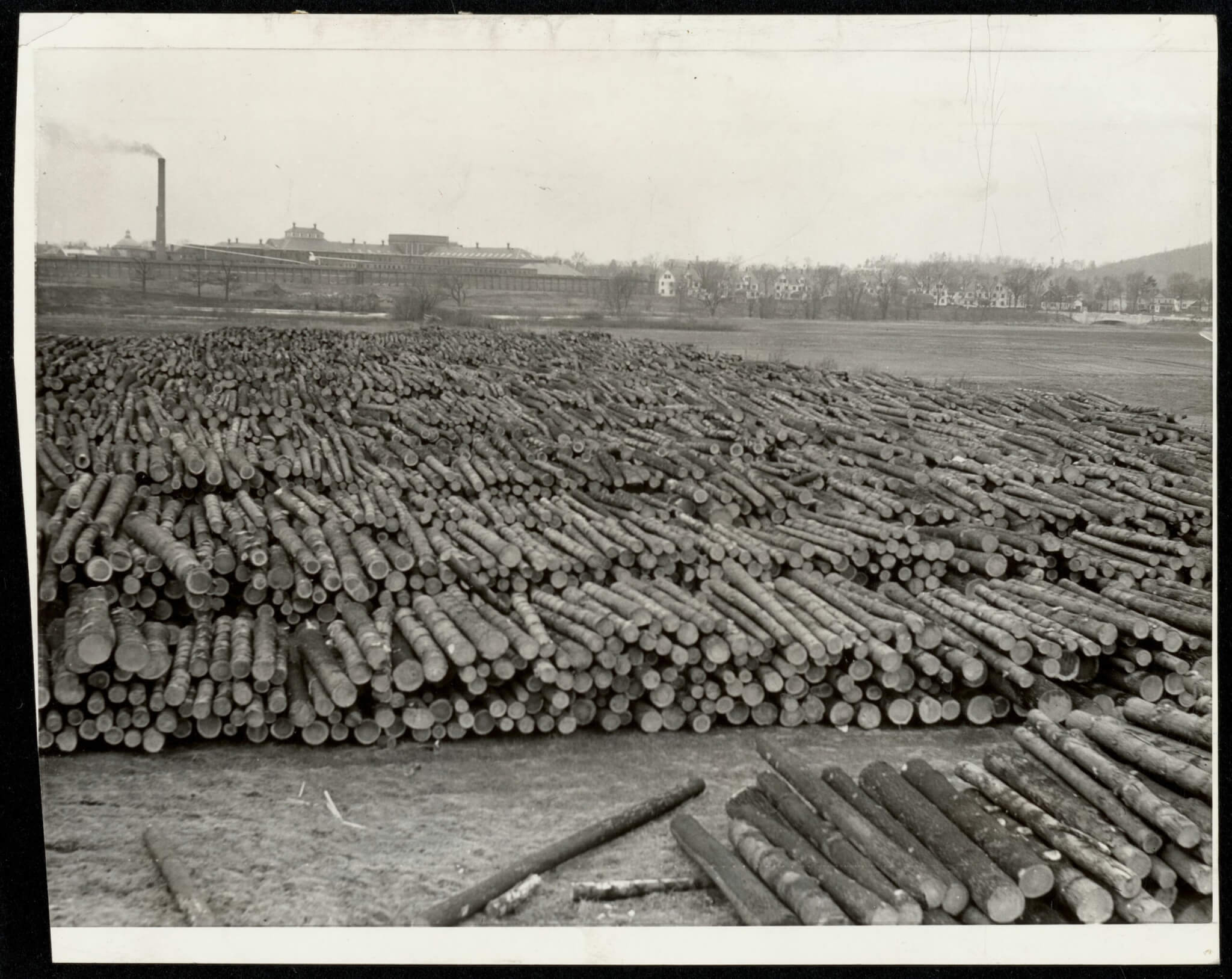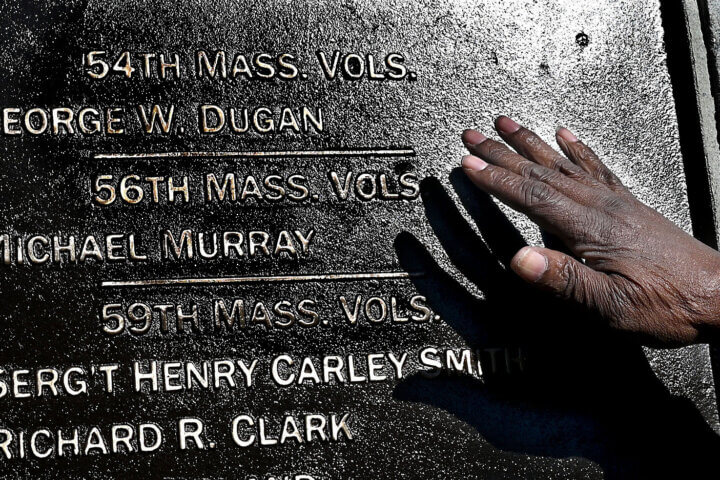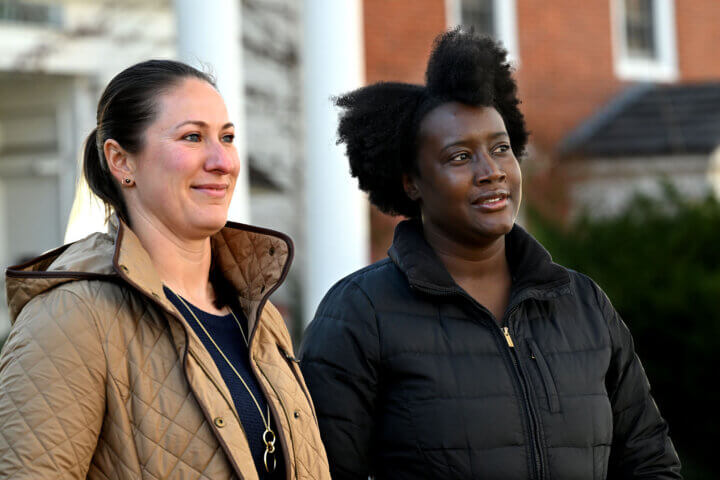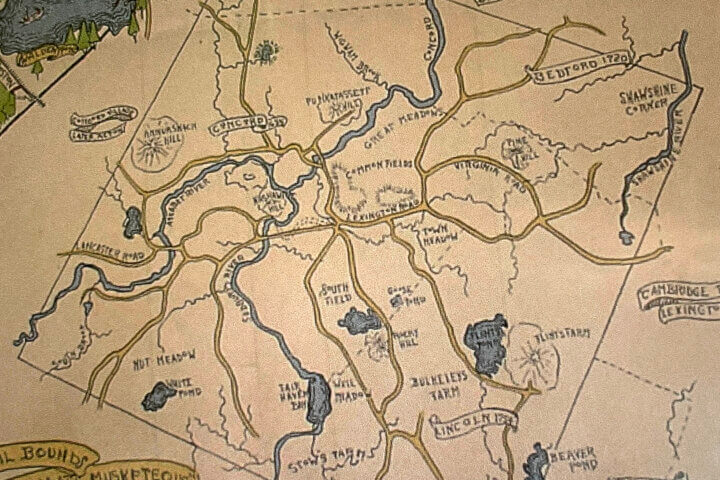From its troubled inception to a riot, a psychedelic experiment, a jailbreak and finally a planned shutdown, here are some highlights of the history of the Commonwealth’s oldest running state prison for men.
1873 Massachusetts budgeted $1 million for a new prison. Concord threw its hat in the ring to host a prison intended to house inmates from the Charlestown prison in Boston. With lower land prices than a location in the city, the Commonwealth acquired the Cooke Farm in Concord, conveniently near railroad lines. A building crew of 300 men went to work.
1878 The Massachusetts State Prison at Concord opened and the state began to transfer prisoners from Charlestown. The opening did not go smoothly.
“The notorious and desperate convict William Whitten,” who several years earlier hit Concord’s warden with a coal shovel, splitting his cheek from his eye to his chin, arrived from Charlestown. Within an hour, he used his knife, fork and spoon to free the iron bar from the window and used it to pry bricks out, escaping into the yard, where he was “secured and placed in another cell,” the Boston Globe reported on May 22, 1878.
About 600 of the 760 prisoners worked in shops within the prison or the piggery. Some men were held in solitary confinement in the basement, escape-proof because the windows were bricked in, the Globe reported on November 22, 1878.
The first prisoner was buried on the grounds in what is now called the Concord Reformatory Cemetery. The cemetery eventually buried prisoners from across the state, with the last burial in 1996.
1884 With large numbers of unemployed men, Charlestown wanted its prison back. The state listened and sent back 650 men, leaving 100 prisoners in Concord.
Concord’s institution became a men’s reformatory where inmates learned marketable skills. This attracted visitors and employed townspeople. Prison-made hats were decorated by women working at the Waring Hat Factory in West Concord, according to Concord Prison Outreach research.
Late 19th century The prison, which was near both the Fitchburg Rail and the Framingham and Lowell Railroad, helped make West Concord a well-populated place. New worker housing was built near the site, Factory152 writes on its website.
1882 Following a rebellion at the “quiet penal institution, 75 men were fed on bread and water,” The Boston Globe reported.
1918 Ten prisoners died from influenza in October and November during the peak of the “Spanish Flu” epidemic.
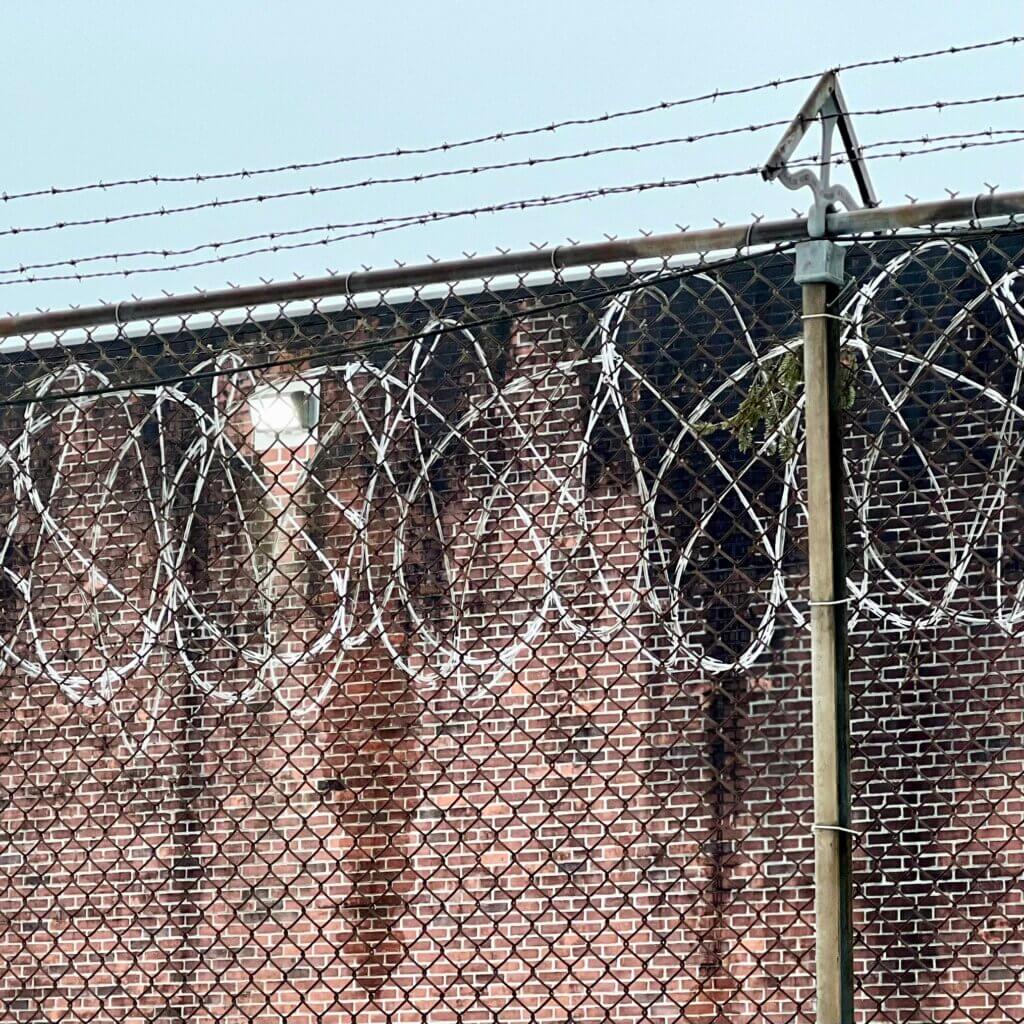
1959 The State Police Riot Squad stopped a mass escape attempt from the reformatory.
1961-1963 The Concord Prison Experiment, run by a Harvard University research team led by Timothy Leary, dosed researchers and prisoners with a psychedelic drug to see if the exposure would reduce recidivism rates. Ralph Metzner, who participated as a graduate student, wrote 35 years later that inmates in the study did not have a reduced recidivism rate.
1972 State police quelled an uprising in Building E after 14 prisoners escaped from the East Wing.
1988 Mother Teresa, a Catholic nun renowned for her work in India, visited the prison. After her death in 1997, she was canonized, becoming Saint Teresa of Calcutta in 2016.
1993-1996 Four men died of complications of AIDS.
2020-2022 Two inmates died from COVID-19.
2024 The Commonwealth’s Department of Correction announced the planned closure of MCI-Concord.


